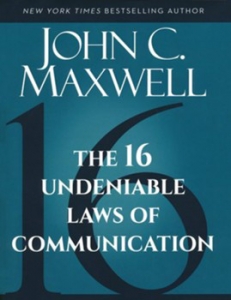Stepping Out of Character in Your Content
When the characters in a story seem to act against their own nature, Tiffany Yates Martin advises fiction writes in Writers’ Digest, that can feel jarring to readers, but it can also create interest. The author needs to lay the groundwork so that the character’s later actions will seem plausible, perhaps describing external forces that compel unusual action later on. The concept, as Martin goes on to clarify, is that, properly handled, unexpected and complex twists to a narrative can surprise and delight readers.
While, as content writers for business owners and practitioners marketing their products and services, we deal in fact rather than fiction, I believe that the Writer’s Digest “stepping-out-of-character” model can prove highly effective in capturing blog readers’ interest.
There are a number of companies that exemplify the unexpected by having two totally unrelated business lines, such as:
- Chemed (hospice care) and Roto Rooter (plumbing)
- Elxsi (sewer equipment and family restaurants)
- Guiness (beer and recordkeeping)
- Yamaha (musical instruments and motorcycles)
Diversification like that can be used as a defense, the Corporate Finance Institute explains. “In the case of a cash cow in a slow-growing market, diversification allows the company to make use of surplus cash flows.”
More to my original point, though, as Julie Thompson explains in business.com, business and professional practice owners often have a variety of hobbies, and interests, and interests. Building content around those interests (perhaps unrelated to the business or practice itself can make for refreshingly unexpected reading for searchers who land on the blog.
Another kind of “unexpected”‘ content focus can be charitable causes favored by the owner’s favorite charitable and community activities. But “the way you go about marketing your charitable efforts can either boost or tarnish your company’s public relations,” Thompson cautions, because there needs to be real commitment, not just lip service on the part of the business owner or practitioner. Still, the more unrelated to the type of business or practice the charitable “cause” appears to be, the more that “unexpecteness” factor will come into play…
Just as some of the most successful businesses represent new twists on old ideas and products, as content writers, we sometimes need to step out of character. surprising and delighting readers with a “twist”!






Follow us online!